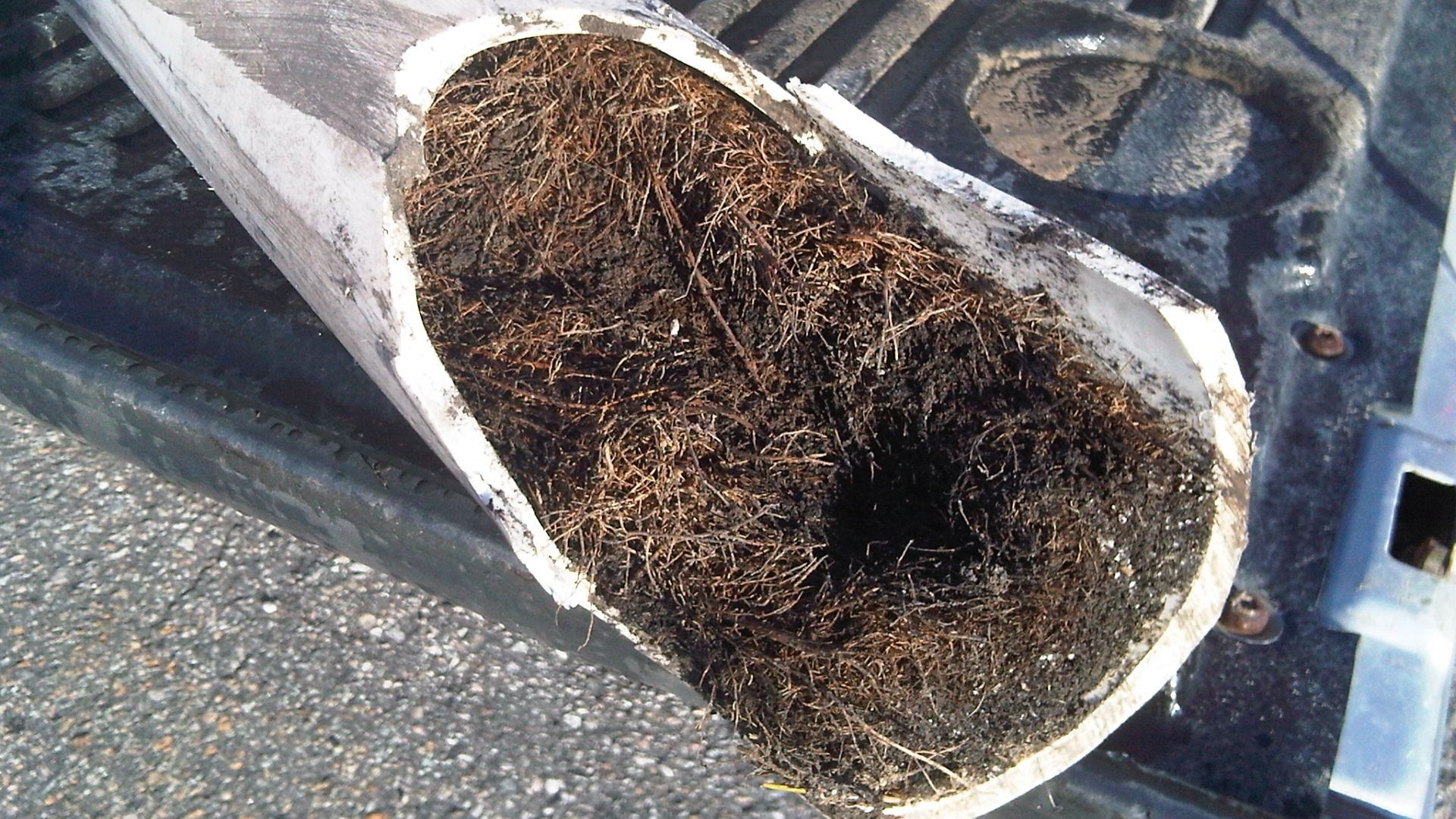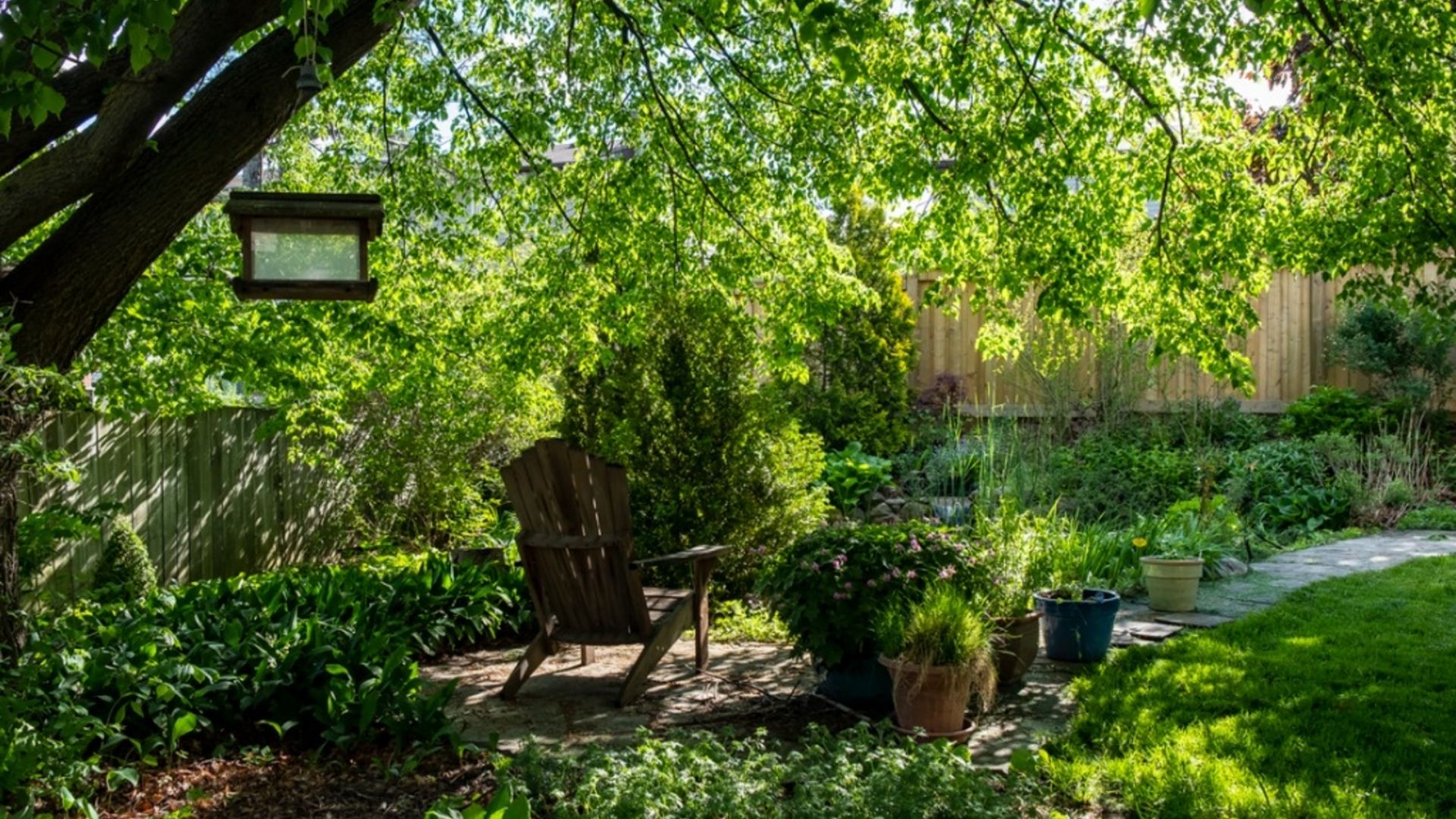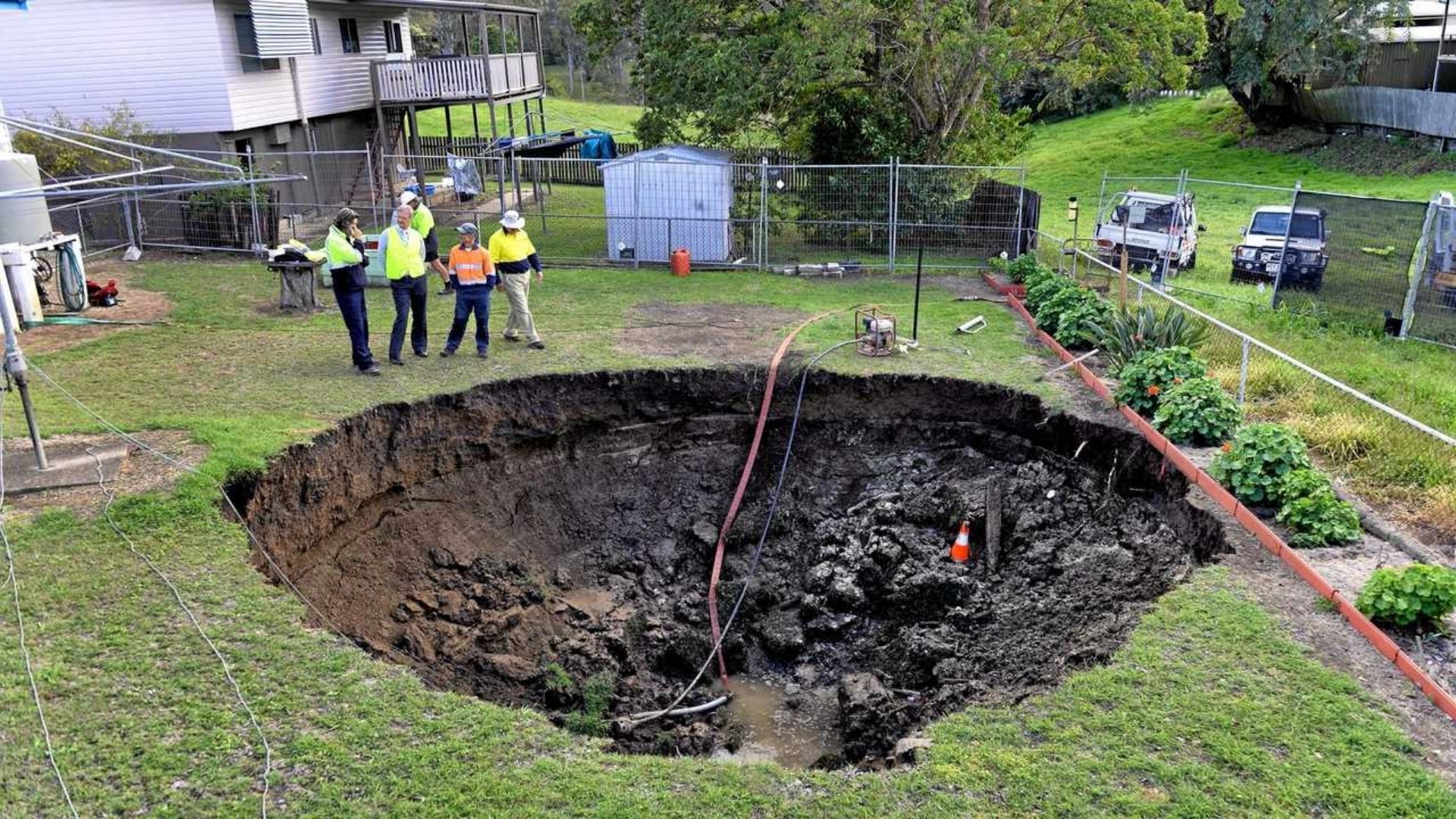7:00AM to 5:00PM
Did you move into your new house with that rich and healthy tree in the backyard?
It’s picture-perfect, with the tree being years old and fit for summer picnics or building a treehouse. Trees can add to the aesthetics of your home with their healthy green foliage. But with beauty comes the ugly.
Does your tree have any root barrier systems? Are your plants without a root system, too? If there are none, especially for your tree root systems, prepare for the possibility of tree removal to stop the root growth. Through time, the roots outgrow what started as a tap root, even more so for a healthy root system. Tree root invasion is the most common reason for a blockage in the sewer system or sewer pipes, with pipe joints the most common entry for invasive root systems. While there can be several causes of a malfunctioning plumbing system, tree root invasion can cause massive and further damage, especially if you have the aggressive root systems type of tree species on your property. Other trees aren’t aggressive, though; other plants can beautify your garden and yard without causing damage to your pipes.
The tree’s roots can slither into pipe cracks in search of water. Or they get entangled in underground pipes. And before you know it, you’ve got slow-draining sinks and gurgling toilets. And there are suddenly inexplicable blockages, burst pipes, and decreased water pressure.
Who would’ve thought the towering tree in the garden caused your slow-draining sinks? When discussing plumbing disruptions, we usually envision clogged pipes, corrosion, and dirt build-up.
So, while we scratch our heads trying to figure out the source of the disruption, the trees will continue to expand their roots and further widen the damaged area in no specific direction. They’ll damage the pipelines, and you might need tree root removal.
But trees aren’t your main antagonists. Your pipes might have prior cracks or leaks that attract tree roots as they wriggle inside to seek water and nutrients to grow. Even the tiniest junction can cause significant problems, as the roots can aggressively invade the pipes and sewer system.
Early detection so that it can be removed professionally can prevent further damage. Keep reading to know some telltale warning signs of a tree root invasion in the plumbing system. Let’s determine if unwanted movement from your suspected trees and plants in the foundation walls and septic lines is causing your clogged drains.

Tree roots do not get entangled in your pipes overnight. Invasive root damage is a slow process that takes quite some time to show results. So, watch out for some initial and the most common signs that can help you detect invasive roots and a blockage in your pipes or drains as soon as possible and prevent sudden disruptions.
If water starts pooling in your sink or the tub takes time to drain, there’s a high chance you have a root invasion problem. People often confuse slow-draining sinks as a sign of a build-up, and while that is entirely possible, it is essential to check for tree root invasion.
Contact a plumber if cleaning your drains and chugging chemicals down the tub isn’t helping the water drain seamlessly. Have them check for tree root overgrowth and invasive root issues. Dirty water and slow-emptying drains also pose a health hazard in the long run.
If you hear a continuous, loud gurgling sound from your toilets or sinks, it is an early sign of sewer pipe blockage. This isn’t the familiar sound of water going down the flush—it is louder and lasts longer. It sounds like an object is struggling to rush through the pipes but is obstructed.
First, try cleaning your drain using the traditional baking soda and vinegar concoction. If that doesn’t work, use a drain snake or shower unclogging tool.
If the problem persists, it is likely due to a tree root invasion.
We don’t need to tell you how repulsive odours emanating from drains can be – we are sure all of us have been there to experience it first-hand in our lives. If roots have glided into your pipes and caused a tree root blockage, you will notice a distinct, unpleasant odour from the sinkhole or drains.
This is because tree roots, especially larger ones, block water flow. They trap the waste that flows down your drains, releasing an odour. The smell is often described as resembling a sulphurous stench or a rotten egg’s smell.

If you have been patting your back and taking pride in the yard-grown trees that look healthier, bushier, and greener, with the roots bigger and causing an uneven surface in some areas— we’ve some bad news. Unfortunately, the rapid growth might not be due to your efforts but a tree root invasion. The roots must have found a supply for their water uptake. And as the roots grow healthier, your plumbing system is being damaged.
That’s right! So, if your trees look more luscious than usual, it’s a cause for alarm. Perhaps it means they enjoy an endless supply of nutrients and water from different sources. And the surest way to detect this is to hire an expert.
Professionals can inspect, identify, and evidence tree roots from the plumbing system to allow trees to grow naturally. This helps to keep them from interfering with your house’s plumbing system.
We’ve saved the most unpleasant sign for last. If your toilet backs up despite multiple flushes or the toilet paper doesn’t go down the pipe, there’s likely a blockage.
When most tree roots grow deep and block the sewer lines, toilet paper and other debris cannot pass through. They become entangled in the roots and block the pipe, interrupting the smooth water flow.
This is also why you often hear gurgling noises when you flush the toilet and see water pooling into the sink. The water is struggling to get down the drain. Remember to contact a plumber when the toilet backs up since the issue might worsen. You’ll be very messy if you don’t act on it quickly.
When tree roots enter the pipes and prevent water flow, the chances of a burst pipe increase. When pipes burst, water has nowhere to go, so it starts leaking into the surrounding soil. These leaks saturate the surrounding soil over time, resulting in soft spots in the yard.
So, if you notice soft, saturated areas in the soil surface that cave in and lead to the formation of sinkholes, it is a sure-shot sign of a tree root invasion. The tree root spread problem doesn’t show up immediately, and your pipes are already damaged beyond repair by the time it does.
Hence, we recommend calling a plumber to resolve the severe issue and watch for its recurrence.

While invasive tree roots are highly inconvenient for your plumbing system, their overgrowth is entirely avoidable. Regular maintenance and certain plumbing fixtures can go a long way in keeping your sewer line root-free. Of course, stay away from large trees, and if you notice the telltale signs of roots growing, contact plumbing experts for professional help.
So, here are some tips that’ll come in handy if you wish to avoid plumbing intrusion by aggressive and invasive tree roots:
You may consider installing root barriers around a tree to prevent its roots from growing. Ideally, 30 to 40-inch deep root barriers allow plants to coexist. These can also block sources from running far and wide and infiltrating your pipelines. You can also use root killer. However, we suggest contacting a gardening professional before doing so.
You must keep your drain pipes clean and carry out regular maintenance services. These include preparing the pipelines for winter, ensuring the absence of clogs, and inspecting the plumbing with a camera. You might have to call a professional plumber with the necessary tools.
Routine maintenance allows early detection of any anomaly in the plumbing system. This allows you to seek immediate solutions instead of letting the problem get aggravated.
Hydro-jetting is a non-invasive plumbing process that can free your sewer line from clogs via power washing. It effectively chops away a tree’s root system that has invaded your plumbing system.
However, this can only be done by a professional who inspects your pipelines for tree root invasion and removes any tree roots growing in or around your drain lines.
That completes our guide to detecting tree roots in pipes.
It’s true: tree roots break water pipes beneath your home. So, you must be aware of the signs.
We hope our guide has given you the expertise to detect tree root invasion in your plumbing. Knowing all the signs of tree roots, you can prevent more potential damage and stop the invasive damage by invading tree roots in your drainage holes early on.
Avoid tampering with your plumbing system, endlessly digging or chopping tree roots, or extending the work areas. You might create more problems instead of solving the current one.
If you notice any signs of blockage in the home’s plumbing system or suspect tree roots in nearby drains, contact a professional plumber to prevent further damage to your home and business. They can use drain cameras, advanced tools, and techniques like stump grinding to address the issue.
That’s all for today. Until next time, good luck with your tree root problem.